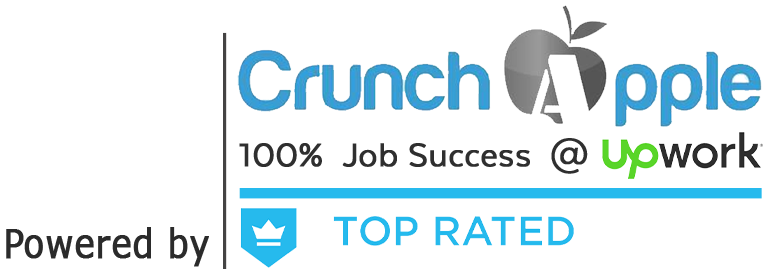Oracle APPS Technical Terms
Descriptive Flex Fields are used to gather additional information about your business entities beyond the information required by oracle Applications. In other words “a mechanism that lets you creates new fields in screens that are delivered by Oracle but Hidden to store your business information”.
KFF: Key Flex Field
Key Flex Fields are used to define your own structure for many of the identifiers required by Oracle Applications and drive reporting i.e. General Ledger (Accounting Flexfield), Assets (Asset key Flexfield, Location Flexfield, Category Flexfield), Inventory (Item Category, system Items, Sales Order, item Catalogs), HR (People Group Flexfield, Job Code Flexfield) etc…
Value Sets
Is a set of values or list of values attached with fields to restrict user to enter free text.
Legal Entity:
The business units where fiscal or tax reports are prepared. In other words A legal entity represents the designated legal employer for all employment-related activities. The legal authorities in a country recognize this organization as a separate employer.
Operating Unit:
The level at which Enterprise Resource Planning (ERP) transaction data is secured.
Organization
An Organization may be a physical site or it can represent a collection of sites sharing certain characteristics.
Multi Org
Multi-Org is a server-side (applications and database) enhancement that enables multiple business units in an enterprise to use a single installation of Oracle Applications products while keeping transaction data separate and secure.
Invoice:
An invoice or bill is a commercial document issued by a seller to the buyer, indicating the products, quantities, and agreed prices for products or services the seller has provided the buyer. An invoice indicates the buyer must pay the seller, according to the payment terms.
Receipt:
A receipt is a written acknowledgement that a specified article or sum of money has been received as an exchange for goods or services. The receipt acts as the title to the property obtained in the exchange.
Customer:
A customer is the buyer or user of the paid products of an individual or organization.
Vendor:
A vendor, or a supplier, is a supply chain management term meaning anyone who provides goods or services to a company. A vendor often manufactures inventoriable items, and sells those items to a customer.
Buyer:
In Apps the buyer is the person who creates documents like Purchase Order, Request for Quotations etc. buyer is the entity that decides to obtain the product. A buyer’s primary responsibility is obtaining the highest quality goods at the lowest cost. This usually requires research, writing requests for bids, proposals or quotes, and evaluation information received.
Purchase Order
A purchase order (PO) is a commercial document issued by a buyer to a seller, indicating types, quantities, and agreed prices for products or services the seller will provide to the buyer. Sending a PO to a supplier constitutes a legal offer to buy products or services. Acceptance of a PO by a seller usually forms a one-off contract between the buyer and seller, so no contract exists until the PO is accepted
Requisition:
A requisition is an Electronic or Printed formal written request for something,
Sales Order:
The sales order, sometimes abbreviated as SO, is an order received by a business from a customer. A sales order may be for products and/or services.
Packing Slip:
Shipping document that accompanies delivery packages, usually inside an attached shipping pouch or inside the package itself
Back Order
A distribution term that refers to the status of items on a purchase order in the event that some or all of the inventory required to fulfill the order is insufficient to satisfy demand. This differs from a forward order where stock is available but delivery is postponed for another reason.



Dear Faisal,
Your blog is very nice
Thanks
Abdul Razzaq
Dear Faisal,
Blog is very useful and simple.
Thank you for giving live examples.
Thanks for your comments.
Welcome.